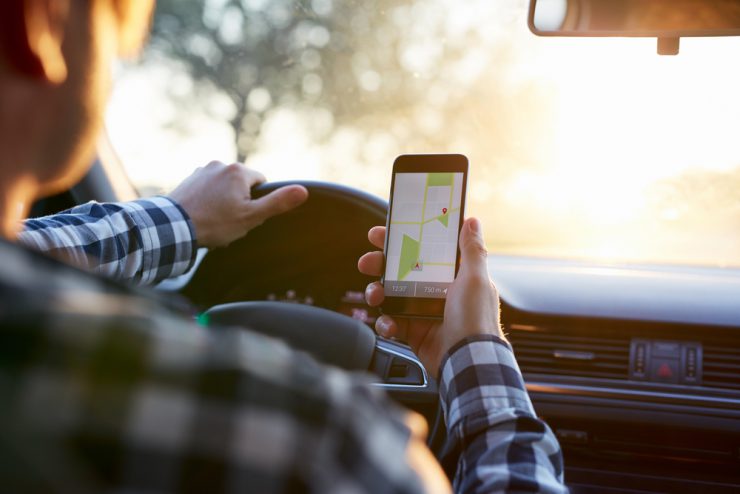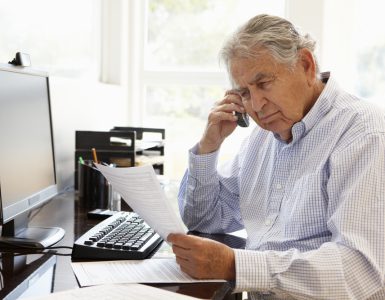LifeLine is an assistance program operated by the federal government of the United States with the goal of helping low-income families get a free cell phone and phone service. In this page, we offer information about how it works and the steps to follow to sign up.
This program is administered by the Federal Communications Commission (FCC) under the Universal Service Administrative Company (USAC) and was created in 1985 to help low-income families improve their access to communications. It is one of several federal programs that belong to a system of telecommunication subsidies called the Universal Service Fund. Since its introduction, Lifeline has helped more than 15 million households get access to free cell phones.
How to Qualify for LifeLine
People need to meet certain requirements to get a free phone from the government through the Lifeline assistance program. Basically, they have to prove that they require financial assistance to enjoy the benefits of having a cell phone, such as the ability to find jobs, contact family members or handle emergencies. There are two possible avenues to become eligible for the program: by participating in a federal or state assistance program or due to household income.
The majority of low-income families that qualify for a Lifeline account do so due to their participation in a federal or state assistance program. Most providers consider that as proof enough of eligibility, and avoid the hassle of verifying financial need separately. However, they do require a card or award letter that confirms participation in the federal programs that are accepted as proof. Examples of valid programs are the Supplemental Nutrition Assistance Program (SNAP), Federal Public Housing Assistance (Section 8), Veterans Pension and Survivor’s Benefit, and Medicaid. Families can contact their local Lifeline provider to request more information about the process.
Total household income can be used to qualify for a Lifeline account if no family member participates in a federal assistance program. All that is required is proof, through a pay stub or tax return, that the family’s income falls below 135%-175% of the Federal Poverty Level (FPL), depending on which state they live and which provider they choose.
As of 2018, $12,140 is the minimum income a single-person household must have to be above the poverty level in 48 states and the District of Columbia. This number goes up to $13,960 for Hawaii and $15,810 for Alaska. Additional family members increase this number accordingly. For example, a family of three that lives in Hawaii must earn less than $32,265 to qualify for a Lifeline account.
How to Apply for a LifeLine account
Eligible families can request their Lifeline account by contacting one of the providers located in their state. To sign up for this assistance program, one family member has to provide proof of income or federal program participation, full legal name, date of birth, social security or tribal identification number, and address.
If the household already has a phone contract with the provider, they can ask to receive the benefits through their existing account. Once they have signed up, members can choose which phone they would like to receive. Several carriers such as Assurance Wireless offer their customers access to Android-powered smartphones.
There are some restrictions that must be considered when requesting assistance through the Lifeline program. For example, only one wireless or landline Lifeline account is allowed per household. It is important for families to be aware of which service they need the most before signing up.




